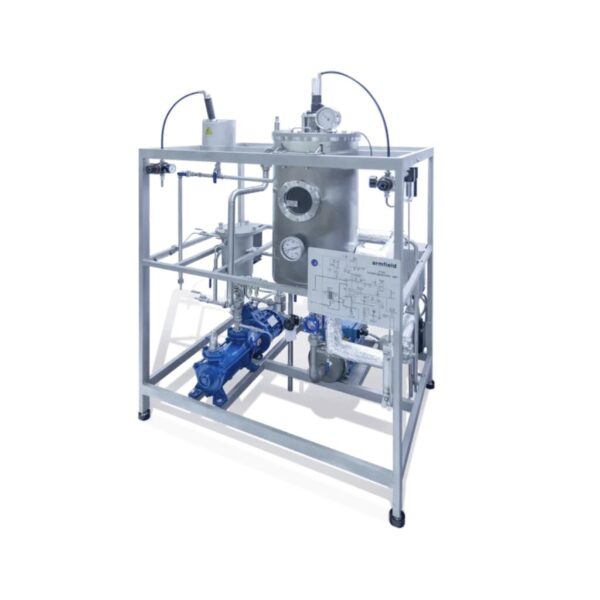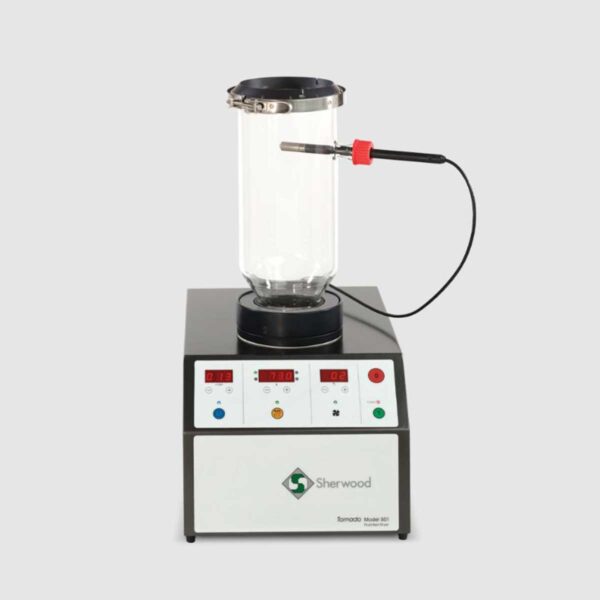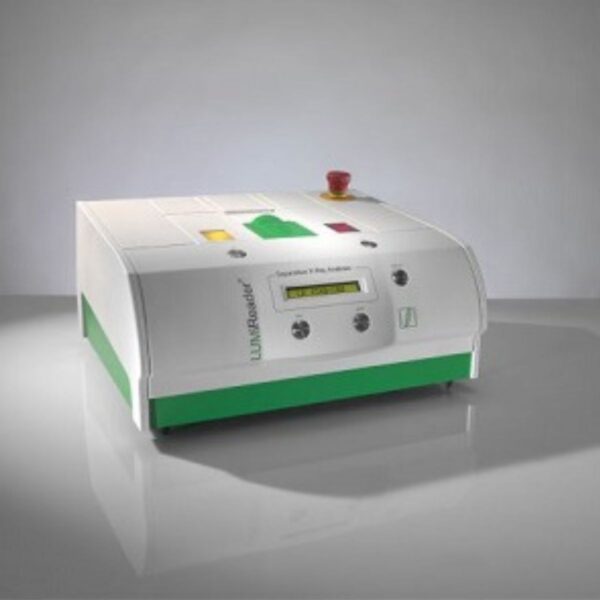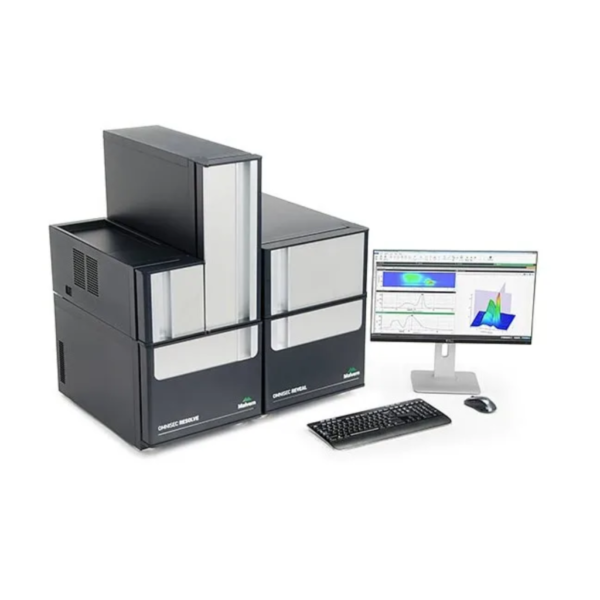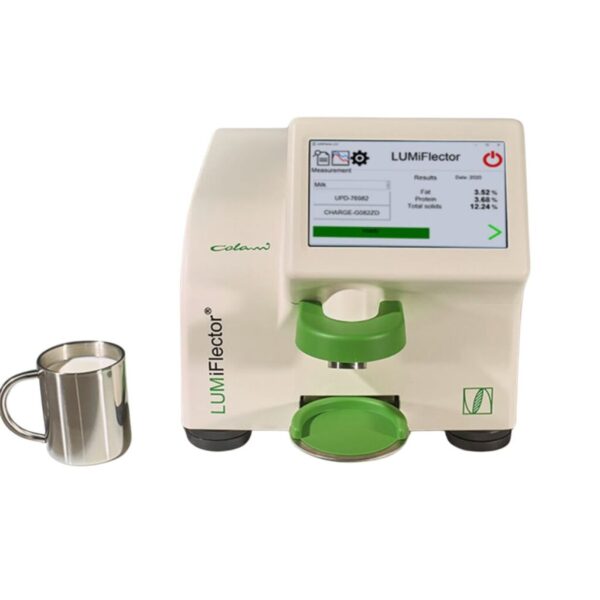Armfield – Miniature-Scale Research & Development Technology – FT67 Hydrogenation Unit
The FT67 is a floor-standing batch processing vessel, used to adjust the degree of saturation of 25-litre batches of edible oils. An integral part of the edible oil processing line, for use in teaching/training and research and development.
The main processing vessel is situated in a floor-standing stainless steel framework which also houses a catalyst mixing tank, filter pump, pressure leaf filter and vacuum pump. All equipment in contact with the process fluid is manufactured from stainless steel.
The hydrogenation vessel has a batch capacity of 25 litres. It is a vertical cylindrical vessel that incorporates a cooling/steam heating coil, hydrogen gas sparge ring, variable-speed turbine agitator and baffle arrangement.
The hydrogen addition cycle results in an exothermic reaction and maintenance of the operating temperature is achieved by circulating metered cooling water through the submerged cooling coil which removes the excess heat from the reaction.
Initial heating to the reaction temperature is by steam, also in the immersed coil. A steam pressure control station allows pressures of up to 10.0 bar on the coil so that process temperatures of up to 180°C can be achieved.
The turbine agitator is driven by a pneumatic motor through a mechanical seal in the lid of the vessel. Rotational speed is varied by adjusting the pressure of the compressed air driving the motor. A maximum speed of 2,500rpm* can be achieved.
The propeller mixer in the catalyst preparation tank is also driven by a pneumatic motor and is capable of rotating at speeds up to 850rpm*.
Pneumatics are used as the motive force as the presence of hydrogen gas requires the use of the minimum of electrical com-ponents. Only the filter charge pump and the liquid-ring vacuum pump are driven by electric motor.
The centrifugal filter charge pump enables efficient filtering of the catalyst from the oil by the pressure leaf filter, which is a reusable filter requiring no replacement of the filter element. If necessary, filter aid in the form of a diatomaceous earth can be mixed in the catalyst tank and added to the oil charge prior to filtering.
The process vessel and filter are designed fully in accordance with the BS 5500 code for pressure vessels. Vacuum levels of 65 mbar are achieved in the reactor vessel by the liquid ring vacuum pump. Reduced system pressures are necessary to prevent oxida-tion during the heating cycle and assist in the removal of any water present in the oil. Also, the suction pressure is used to charge the vessel with oil and for the addition of catalyst and filter aid.
* – no load condition.
Key Features
F67 Hydrogenation Unit
Key Features
- Stainless steel pressure vessel
- Vacuum liquid ring pump
- Extraction pump
- Pressure leaf filters
- Air-driven agitators
- Integral steam heating coil and cooling coil
- Temperatures to 180°C
- Safe-zoned controls
- Accurate control of hydrogen addition
Benefits
- Only 25l of oil to be hydrogenated
- Safe and easy to use
- Reusable filter mesh
Key Industries
- Biopharmaceutical and Biotechnology
- Chemical
- Cosmetics & Personal Care
- Education & Academics
- Food & Beverage
- Oil & Gas
- Pharmaceutical
- Powders & Pigments / Coating
More Products
The Armfield Industrial Division designs and manufactures research & development systems, primarily for the food, beverage, dairy, edible oil and…
